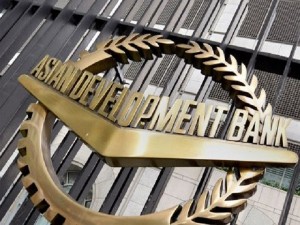PH to remain heavily dependent on oil imports—ADB
MANILA, Philippines—The Philippines, along with its neighbors in Asia, must improve energy efficiency, widen access to electricity, and prioritize renewable energy supplies in order to sustain its growth path, according to the Asian Development Bank (ADB).
Asian countries including the Philippines are seen to remain heavily dependent on energy imports especially oil “in the foreseeable future” or at least until 2035, the ADB said in its study, “Outlook 2013: Asia’s Energy Challenge.”
Much of the projected surge in oil imports will be driven by increasingly well-off Asians trading public transport for private cars, further whetting the region’s thirst for imported oil despite efforts to curb dependence on fossil fuels.
Energy consumption is also expected to grow much more quickly to fuel their economic growth.
The ADB also cited country-specific factors in its study.
“In the Philippines, the contribution of [renewable energy] will shrink from 43 percent in 2010 to 14 percent in 2035, by which time proven indigenous gas and coal reserves will be depleted,” ADB said.
It also noted how in 2010, 16 million Filipinos, or about 17 percent of the country’s population, lacked access to electricity, and access would only improve with improved energy efficiency and more energy investments.
In the Philippines, about half of fuel inputs for power generation in the country come from renewable energy, where capacity is at present concentrated on hydropower, according to Mario Marasigan of the Department of Energy’ Renewable Energy Management Bureau.
Still, the Philippines wants to triple its renewable energy capacity by 2030 while ensuring reliable and efficient energy supply for businesses and households alike.
The Philippines needs about P556.7 billion worth of investments from 2012 to 2030 to meet its program targets, according to a presentation by Energy Secretary Carlos Jericho Petilla.
By 2035, ADB said, most Asian countries will produce less than half the energy they need, and many will produce only a tiny fraction. Only three countries in developing Asia—Azerbaijan, Brunei Darussalam, and Kazakhstan—are energy self-sufficient.
ADB said that by 2035, the Philippines, Thailand and Vietnam will have self-sufficiency rates similar to Japan—that means all will remain dependent on imported fuel.

